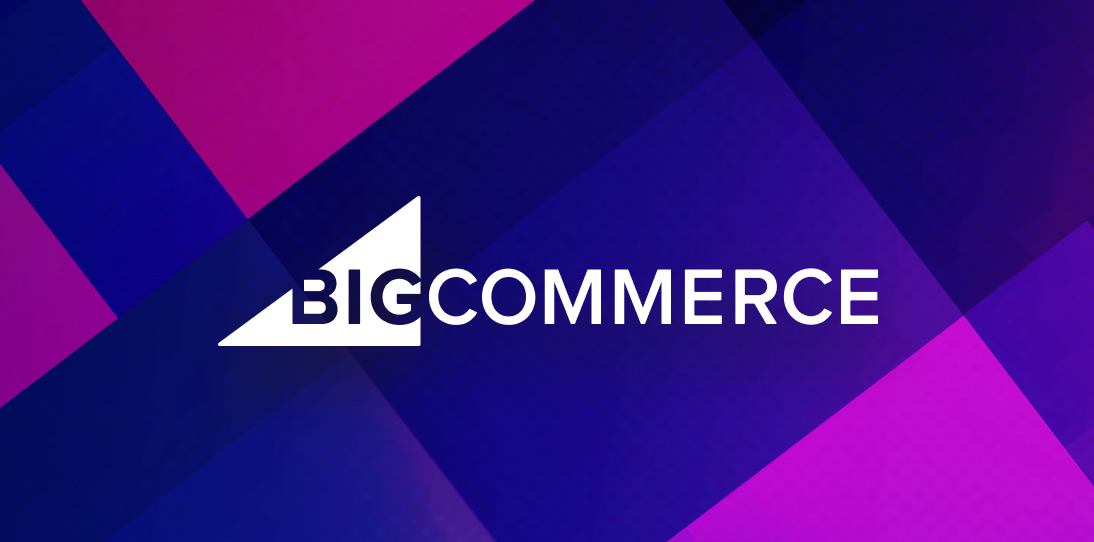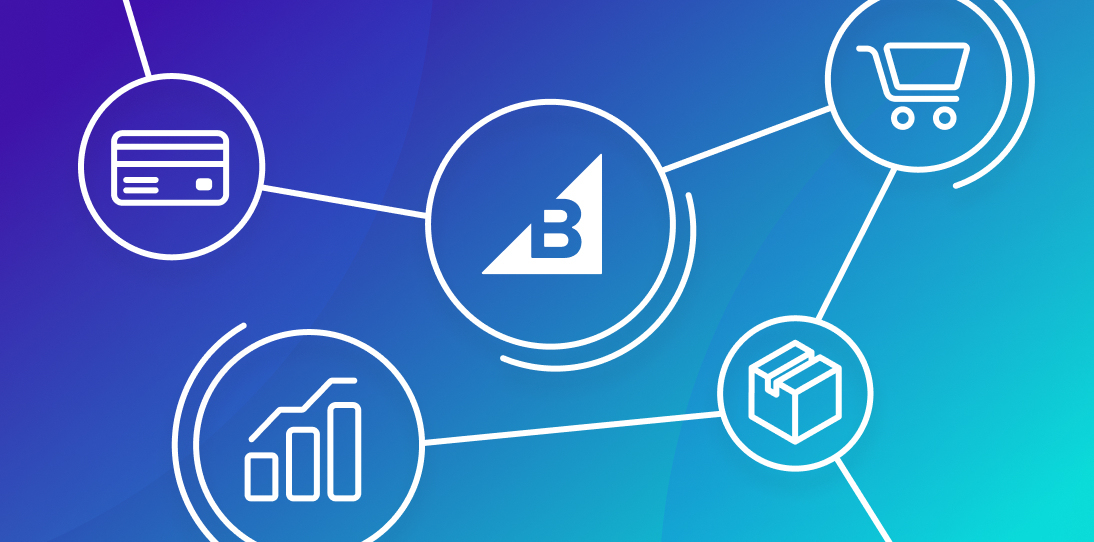- Enterprise
- Essentials
How Ecommerce Companies Meet the Speed of Business with Headless CMS

There are many kinds of content management systems (CMS), from open source that anyone can use to SaaS options that live exclusively in the cloud. For ecommerce businesses, though, one particular type is quickly becoming the norm.
The headless content management system may invite mental images of the French Revolution, although the reality is far less radical. A headless CMS enables businesses to be — literally — two places at the same time, attracting customers across multiple channels, without overly burdening staff and simplifies content modeling.
What is a Headless CMS?
Headless CMSs separate the back end system (think of it as the body) from the customer-facing front end (the head).
A headless CMS is used by ecommerce companies to make updates to pages across multiple platforms instead of just one. It’s a one-to-many approach that keeps site updates going at the speed of business, with a single update being deployed to dozens of sites at one time instead of having to go platform by platform.
For example, if there’s a pricing change or a product gets an upgrade, you’ll only need to make the change once, instead of making individual edits for each touchpoint.
How Does a Headless CMS Work?
A headless CMS uses APIs and microservices for content delivery across multiple channels, like mobile apps, third-party platforms or digital touchpoints.
There is a single interface, often in the form of a SaaS housed in the cloud, where content managers work. Updates are made there and then deployed through plugins or restful APIs to other channels automatically.
The headless CMS moves away from siloed monolithic platforms to create an agile approach that supports modern omnichannel sales strategies, including localization efforts.
Headless CMS vs. Traditional CMS
A traditional CMS is designed for one use and one site. They are often hosted on-premise and have a limited reach. If there is a specific need for a site, a traditional CMS would suffice.
In contrast, a headless CMS (think Drupal) is designed to deploy content to any number of sites and attract eyes on multiple devices. Think of traditional CMSs building one page.
Headless CMS architecture builds dozens and builds strong use cases for companies looking to move quickly.
What’s the Difference Between Headless CMS and Decoupled CMS?
A headless and decoupled CMS have some structural and user interface commonalities, but they are not identical. Like a headless CMS, a decoupled CMS separates the backend and frontend.
However, a decoupled CMS does include a frontend presentation layer, although it is considered to be an optional function. A headless CMS relies on external channels alone to display content.
The Benefits of Going Headless
For ecommerce businesses, a headless CMS is the ideal solution for getting your products in front of the greatest number of eyes. The extensibility it enables is significant and being able to list or edit product offerings across an omnichannel portfolio of web pages and applications makes the headless CMS the best option for creating a central content hub for managing listings.
Faster editing.
A traditional CMS spends resources editing and rendering content. Alternatively, a headless CMS doesn’t do this, handing the responsibility off to other, better-resourced parts of the tech stack.
Centralized content management.
When editing a product listing across multiple sites, a standard CMS requires content editors to edit each one-by-one. However, a headless CMS enables managers to make the change one time and then push the change to as many sites as is necessary, saving time, money and staying ahead or keeping up with competing listings.
You’re able to build one template in a content repository and then apply changes to multiple front ends.
Gives developers more flexibility.
Headless commerce enables brands to choose the ecommerce platform that works best as the engine for their online store while also working with the frontend of their choice, be it a CMS, a DXP, a PWA, basic HTML, JavaScript or a custom solution.
BigCommerce has made it easier for developers to create custom headless solutions (and easier for merchants to discover and onboard them) with our Channels Toolkit. It allows merchants to both find and manage headless storefronts right from the BigCommerce control panel — reducing technical list and saving developer resources.
Also, headless CMSes can work with almost any platform. If a development team has a certain technology or programming language they’re comfortable working with, headless allows them to keep what works with their workflow while streamlining their processes and developing efficiencies.
Scalability.
A headless CMS can serve as a sort of CMDB for your ecommerce platform, creating a single source of truth from which content creators work off of. Adding new channels or changing developer tools is relatively simple and enables businesses to optimize and grow without making massive investments.
Your business becomes future proof, allowing you to adjust the front end to meet changing needs in multi-channel environments without disrupting the back end. Instead of requiring an entirely new site, companies can meet increased demand by adding functionality on top of what already exists.
Better security.
By separating the frontend and backend, potential security vulnerabilities are reduced. For public-facing channels, the burden is placed on the host, while the headless CMS endpoint remains removed from common exploitations.
Does BigCommerce support Headless CMSs?
Yes. BigCommerce supports headless commerce with integrations with the most commonly-used systems, enabling ecommerce platforms to build customer-centric experiences, quickly, with a turnkey solution.
Supported Front-end Frameworks.
Next.js - The leading react framework.
Gatsby.js - Leverage progressive web apps.
Nuxt.js - The best framework for Vue developers.
Supported CMSes.
WordPress - Use of the world’s most widely used platforms.
Contentful - An API-first content platform.
Prismic - Optimized for developer productivity.
Contentstack - A pioneer in agile development.
Supported Digital Experience Platforms.
Uniform - Build composable commerce.
Amplience - One of the most often used by retailers.
Bloomreach - Deliver personalized customer experiences.
Headless Commerce
Made for speed and flexibility, BigCommerce has the most headless integrations.
Learn MoreThe Final Word
In a study BigCommerce conducted, 60% of survey respondents identified two key strategies for reducing customer acquisition costs: content creation that is widely distributed and improving the customer’s digital experience.
A headless CMS can do both.
SaaS ecommerce solutions enable you to quickly adapt to change while lowering the total cost of ownership. They get you to market quicker, increase security and empower businesses to deliver an effective online shopping experience that impacts the bottom line.
Open SaaS and headless CMSes do all of this with added flexibility and choice when it comes to what frontend you use. If you want to learn more about how headless commerce is being used to drive content-led and experience-led online stores, check out the BigCommerce headless commerce solution.
FAQs About Headless CMS
What does headless mean?
Unlike a traditional CMS, a headless CMS decouples the front end and back end from each other. The “body” is considered the back end, where content is loaded and pages are built. The “head” is the front end, or the presentation layer.
A traditional CMS has a single back end that supports a single front end. A headless CMS has a single back end that supports multiple front ends.
There are also headless APIs and headless architecture that use the same decoupled model.
Should I use a headless CMS?
A traditional CMS is often the best CMS solution when creating simple, straightforward digital experiences with limited content types. However, as complexity grows, so does the need for a headless CMS.
A headless CMS is preferable when you need to scale quickly, to create personalized experiences or you want to future-proof your stack. They’ve become increasingly popular in ecommerce, where the ability to deliver updates to multiple syndicated product listings quickly is ideal.
Is BigCommerce headless?
Yes. BigCommerce is a strong believer in headless commerce, which shows in our API-first approach to product development. The majority of the functionality of a BigCommerce store, including catalog management, cart creation, order management and checkout) can be accessed in a headless environment through our content APIs.



